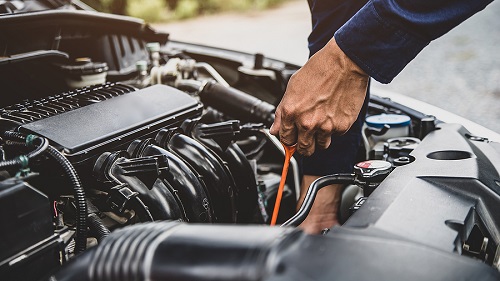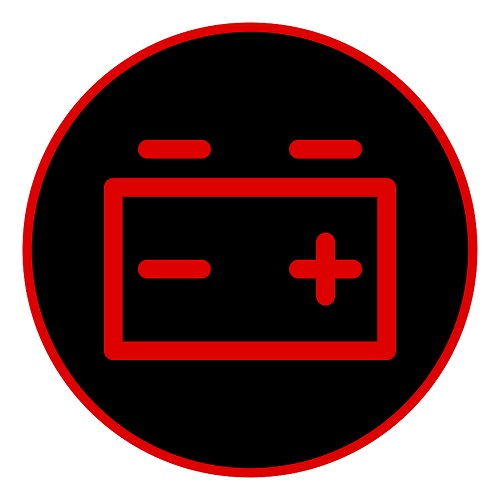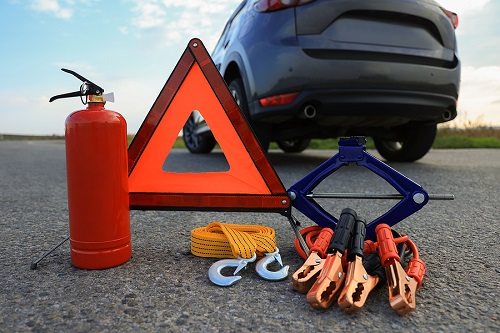Keeping your car well maintained is vital all-year round but none more so than as winter approaches. Are you getting ready for the cold snap? Read on to learn how to prepare your car for winter driving.
Today’s modern cars are better designed and more robustly built than ever, but even the best of them can be affected by harsh winter weather. Plummeting temperatures, freezing rain, hard frosts and thick snow make a car’s life that little bit harder so, in return, you should prepare for the dark, cold days and nights ahead.
As the temperature gauge heads southwards components become more likely to seize, freeze, crack, perish or fail. And the chances of being left stranded at the side of the road increase, ironically, in the months when that is exactly where you don’t want to be.
A little planning and forethought now, before winter properly sets in, could play massive dividends in the coming weeks, so follow our guide to preparing your car for winter driving and save yourself anxiety and potential costs later.
Top winter checks:
Oil level

Even though it’s a vital fluid for your car, thousands of drivers rarely think to check on the amount of oil they have in the engine. The dipstick is easy to find and it only takes a few minutes to get a reading. If the level is at the lower end of the gauge, give your car a top up. But don’t overfill it – too much oil can cause damage just like too little can.
Fuel level
Anyone who drives around in the winter with their fuel gauge banging on empty and the ‘low fuel’ light blazing is simply asking for trouble. It’s bad enough running out of petrol when the weather is fine, but who wants to be stopped at the side of the road in a blizzard? Make sure you have plenty of petrol (or diesel) in your car at all times.
Clean lights
Cold, winter nights (and days) make light work of reducing your headlamps’ effectiveness. Dirt, sleet and road salt all combine to give your headlamp lenses a good coating of grime that turns bright lights into dim glows. All they need is a regular wipe. And do the same to your number plate while you’re there – you can be fined if the police can’t read it.
Battery

Another important component of any car engine, the battery is vital in getting you moving during the cold months. They don’t last forever – four to five years is a good guide – and neither cold nor damp are their friends. If the engine struggles to fire into life, if the battery warning light comes on in the instrument panel or if your lights seem dimmer than usual while driving, it could mean now is the time to invest in a new battery.
Tyres
Not only is it illegal to have worn or damaged tyres, it’s dangerous too. And none more so than when the roads are cold, slippery or flooded. That’s when stopping distances go up and grip comes down. Make sure you have at least 1.6mm of tread in your tyres, although safety experts recommend 3mm. Make regular checks for cuts or bulges too, as well as the wear. If there's one thing to do to prepare your car for winter driving, it's checking and changing your tyres.
Wipers and fluid
Undamaged wiper blades are vital – any with holes or tears in them can actually make the screen worse, not better, as they smear dirt and grime across the glass. Wipe them with a cloth occasionally whenever you check them and replace any if you see damage. Keep the washer bottle topped up. Don’t switch on the wipers or try to pull them off the screen when it’s iced up – you could do irreparable damage.
Antifreeze
The clue is in the name – antifreeze stops the water in your car’s cooling system from freezing up while the engine is sat idle (or even when it’s running, in extreme temperatures). If the coolant isn’t circulating properly while you’re driving, it can cause serious damage to the engine. Coolant should be changed every 2-3 years and regularly topped up, especially in winter.
Brakes
If there was ever a time that you want your brakes to be in tip-top condition, it’s winter. Wet, slippery roads and long, dark nights require excellent stopping performance. If your brakes are squeaking or making other strange noises, or if your car feels like it might be pulling to one side whenever you hit the pedal, have it checked by an expert. If the car has been sat idle for a few days during winter drive slowly at first, in case the braking system or the brake discs, have frozen up.
The right gear

You should never leave home on a winter’s day without some basic equipment in the boot of the car and now is the time to gather it together. The list should include: ice scraper, de-icer, warm clothing or coat, torch, warning triangle, phone and charger. And if it starts snowing, take a shovel.
History check
Some of the elements listed here are mandatory requirements anyway, such as condition of tyres, wipers and brakes, and if a car is more than three years old these will be examined during the annual MOT test. One of the items included in a MotorCheck £9.99 ‘Single Check’ history check is whether a vehicle has had the correct number of MOTs – another good reason to have this investigation carried out if you are considering buying a used car.
